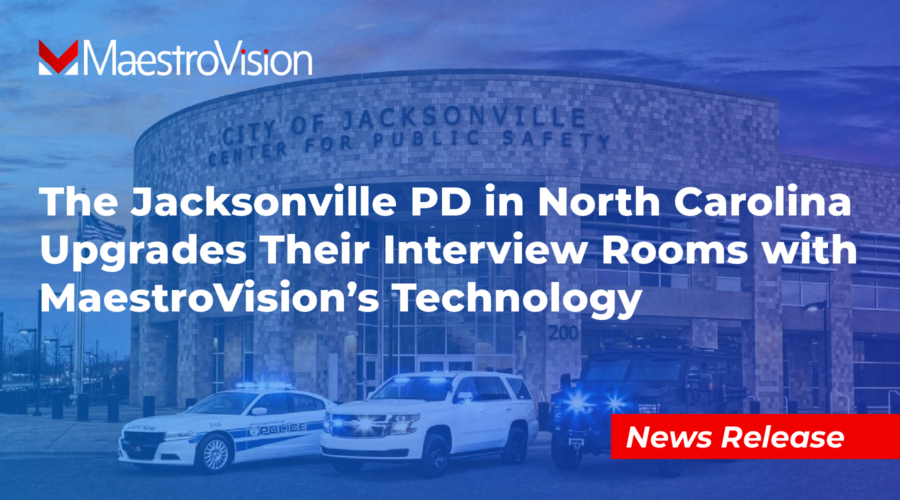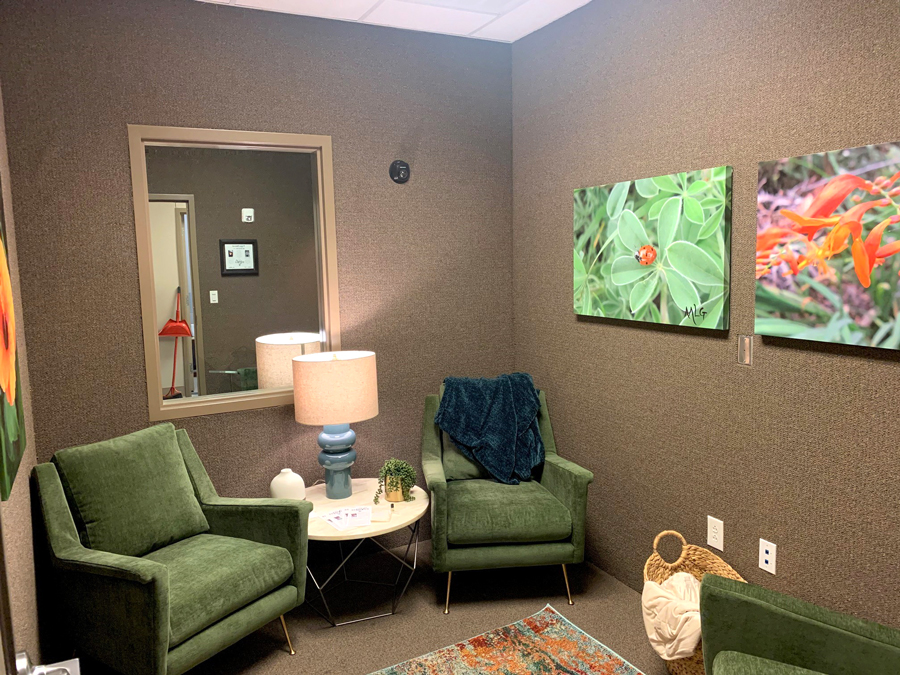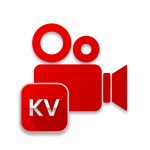Middlesex, NJ — The Middlesex Police Department has expressed its full satisfaction with MaestroVision, a leader in advanced recording and media library solutions, following the successful implementation of its advanced interrogation room system. Lieutenant Thomas Carroll, who oversaw the project, spoke highly of the company’s products and service, describing the entire experience as “smooth and professional.”
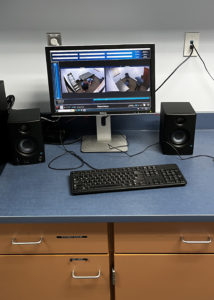
Smooth Purchasing and Installation
The Middlesex Police Department noted a seamless process from start to finish, highlighted by customized quotes and efficient guidance from the MaestroVision team. “From initial inquiry to final installation, the process was smooth and professional,” shared Lieutenant Carroll. Despite structural challenges like brick walls and concrete ceilings, the installation team completed the setup within a single day.
Reliable System
The MaestroVision system has already proven to be highly reliable and intuitive, making it easy for officers to use without extensive training. “The system is easy to use, reliable, and produces high-quality video and audio. It’s exactly what we needed,” said Lieutenant Carroll. “Even officers with minimal training on the system could use it without issues, a testament to its intuitive design.” This ease of use has helped the department increase efficiency as Lieutenant Carroll noted, “Our investigators can concentrate fully on interrogations without the distraction of potential technical failures.” The system operates seamlessly in the background, putting to rest previous concerns about recording reliability and quality.
Exceptional Ongoing Support
MaestroVision’s customer service has also been a standout feature, with the company maintaining proactive communication even after installation. “Even though we haven’t encountered any issues, their proactive check-ins show they genuinely care about our experience,” said Lieutenant Carroll.
For more information about MaestroVision’s solutions for Law Enforcement Agencies, visit https://maestrovision.com/interview-recording/ or contact sales@maestrovision.com.



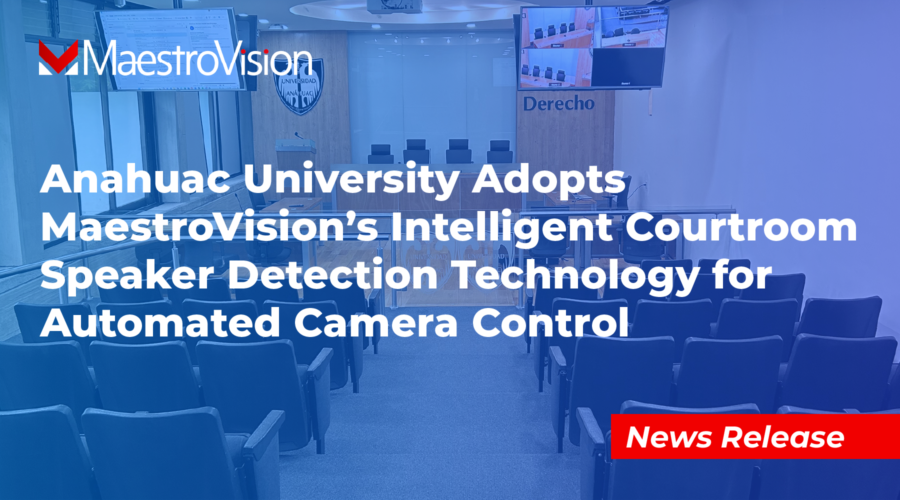
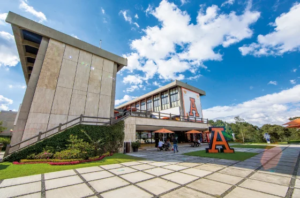 Mexico City, Mexico — Anahuac University’s Faculty of Law has significantly enhanced its courtroom with innovative technology from MaestroVision, bringing a modern edge to legal education.Their system offers students hands-on experience with advanced courtroom recording tools, mirroring the technology used by professional television stations, and setting a new standard for practical legal training.
Mexico City, Mexico — Anahuac University’s Faculty of Law has significantly enhanced its courtroom with innovative technology from MaestroVision, bringing a modern edge to legal education.Their system offers students hands-on experience with advanced courtroom recording tools, mirroring the technology used by professional television stations, and setting a new standard for practical legal training.
